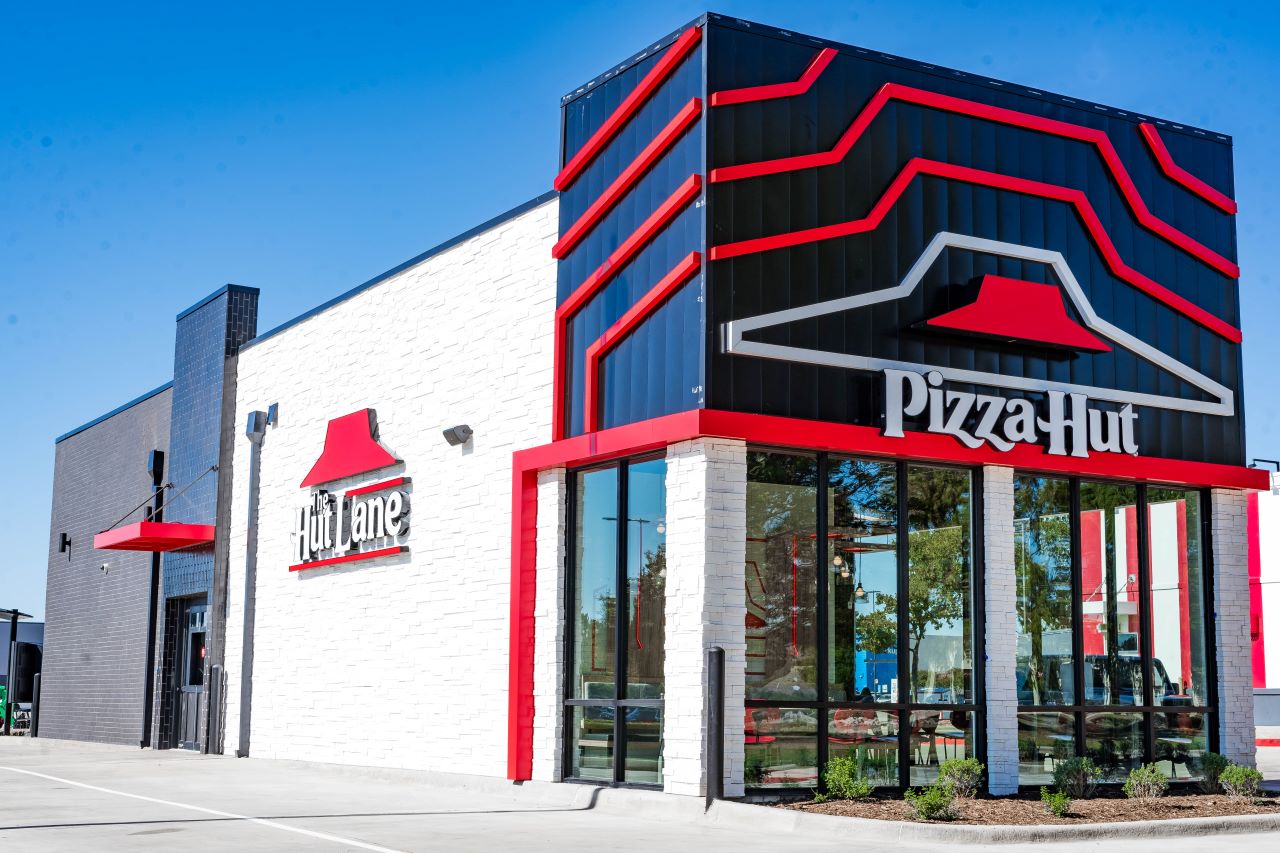
Artificial intelligence was a major theme throughout Taco Bell’s recent Live Más Live and Consumer Day event in New York City. During his presentation, Joe Park, chief digital and technology officer of parent company Yum Brands, said, “Our belief is that every aspect of a restaurant can be touched by AI.”
Taco Bell, he added, has invested more than $1 billion in these “leading-edge capabilities.”
“It’s the best investment we could have made. We went from 19% in digital sales to over 50%,” he said.
Don’t expect Yum to rest on its laurels anytime soon. The company — which also includes KFC, Pizza Hut, and Habit Burger & Grill — today announced a partnership with Nvidia to accelerate the development of AI technologies across its 61,000-plus restaurants worldwide. California-based chip manufacturer Nvidia recently claimed the top spot as the world’s largest company, surpassing tech giant Apple amid a global AI boom. Since 2022, the company’s market value has grown by 850%, driven by demand for AI technologies. Yum Brands is the 32-year-old tech company’s first restaurant partner.
The restaurant giant will leverage Nvidia’s applications to scale its existing Byte by Yum platform, which was formally launched in February. Through a direct collaboration at the developer level, Yum was able to deploy Nvidia voice AI agents within three months, the company said.
“At Yum, we have a bold vision to deliver leading-edge, AI-powered technology capabilities to our customers and team members globally,” Park, who is also the president of the new Byte by Yum division, said in a statement. “We are thrilled to partner with a pioneering company like Nvidia to help us accelerate this ambition. This partnership will enable us to harness the rich consumer and operational data sets on our Byte by Yum integrated platform to build smarter AI engines that will create easier experiences for our customers and team members.”
The partnership will leverage Nvidia NIM microservices, part of Nvidia AI Enterprise and available on Amazon Web Services, to initially optimize three key areas for Yum:






